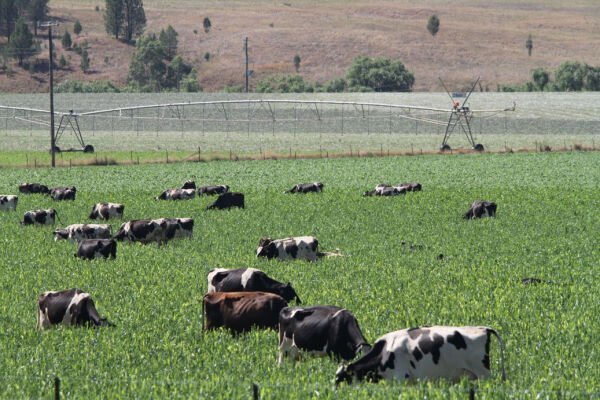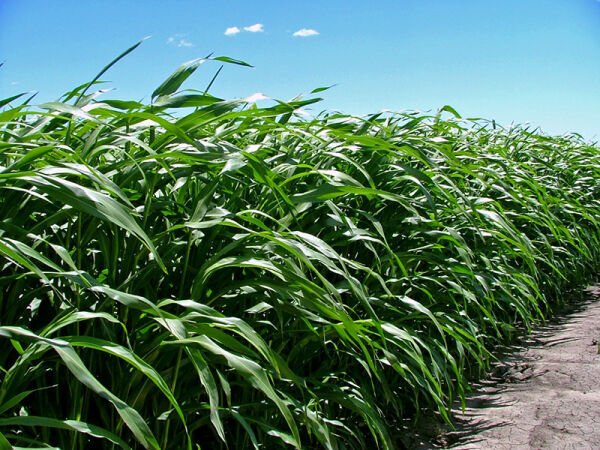Site selection
The crop fits well into a pasture renewal program. Forage sorghum and sudan grass hybrids may be susceptible to herbicide residues from previous crops. Check with your location Pioneer Seeds representative before establishing crops in paddocks which have been recently sprayed with product other than glyphosate.
Soil fertility
A soil test is recommended to identify nutrient status and any possible deficiencies before any forage seed is planted. The level or P and N are important and a specific fertiliser recommendation should be obtained from your local seed reseller, fertiliser representative, or Pioneer Seeds representative, based on the results of the soil test and the requirements of the crop.
The ideal soil pH range for this forage sorghum seed is 5.5 – 8, and the phosphate level should be greater than 20 ppm. In acidic soil, lime should be applied and incorporated during seedbed preparation.
To better understand nutrient removal rates and NPK required to grow a successful forage sorghum crop, please refer to Xseed technical insight link 505X
Sowing Date
Betta Graze should be sown 35-45 days before it is required for silage or grazing, although not before the soil temperature, at 5cm depth, reaches 15°C and is rising. In southern Australia, Betta Graze is an excellent crop to follow cereal silage or a late pasture silage cut in November/December.
The early seedling vigour of Betta Graze makes it the first summer forage to plant post winder and the first to feed in central and northern Australia.
For personalised advice on planting rate to suit your region and soil type, please contact your local Pioneer Territory Sales Manager or Farm Services Consultant.
Varying planting rates will impact stem size (higher rates induce thinner stems) and yield potential.
Timing of utilisation
Betta Graze can be direct grazed or cut for hay or silage.
Feed quality will be maximised when the crop reaches a height of about one metre. Although Betta Graze is a late-flowering plant and has better mature leaf retention than other sorghums, it will become rang and lose quality if left too late before grazing or cutting.

Grazing
Betta Graze should be grazed by break feeding to stock.
Back-fencing is essential to minimise plant damage and allow quick regrowth at the grazed portion of the crop and to avoid crop toxicity.
For maximum regrowth potential, aim to leave a grazing residual of 15 cm The crop can be recut or grazed after 4-5 weeks when it is at least 80 cm high.
Feed Value
The drymatter content of Betta Graze that is 80-100 cm high is typically between 13-17% DM with 15% being a good average figure to use to determine cow crop allowance. Forage sorghum cross sudan-grass hybrids produce feed with an average energy content of between 9.0 and 1.0 MJME/kgDM depending on crop maturity at harvest time.
Silage
Betta Graze can be made into pit, bunker, or round bale silage. It is always recommended to cut using a mower-condition and wilt in the paddock for a maximum of 48 hours depending weather conditions at the time.
Betta Graze can also be made into large or smaller square or round hay bales to provide excellent fodder conservation for your operation.
Horses
Forage sorghum and sudan grass hybrids can cause major health problems for horses. They should not be grazed by horses or fed to them as hay or silage.
Autumn / winter management
Frosted Betta Graze can be toxic. Always spray out Betta Graze crops before autumn / winter frosts and /or regressing.
Nitrates
Any crop that grows rapidly has the potential to accumulate nitrates. Nitrate levels are higher in rapidly growing summer forage crops that have been planted in high fertility paddocks.
Nitrate levels also rise in crops that have been drought stressed or frosted. If you suspect nitrate poisoning, contact your veterinarian immediately.

